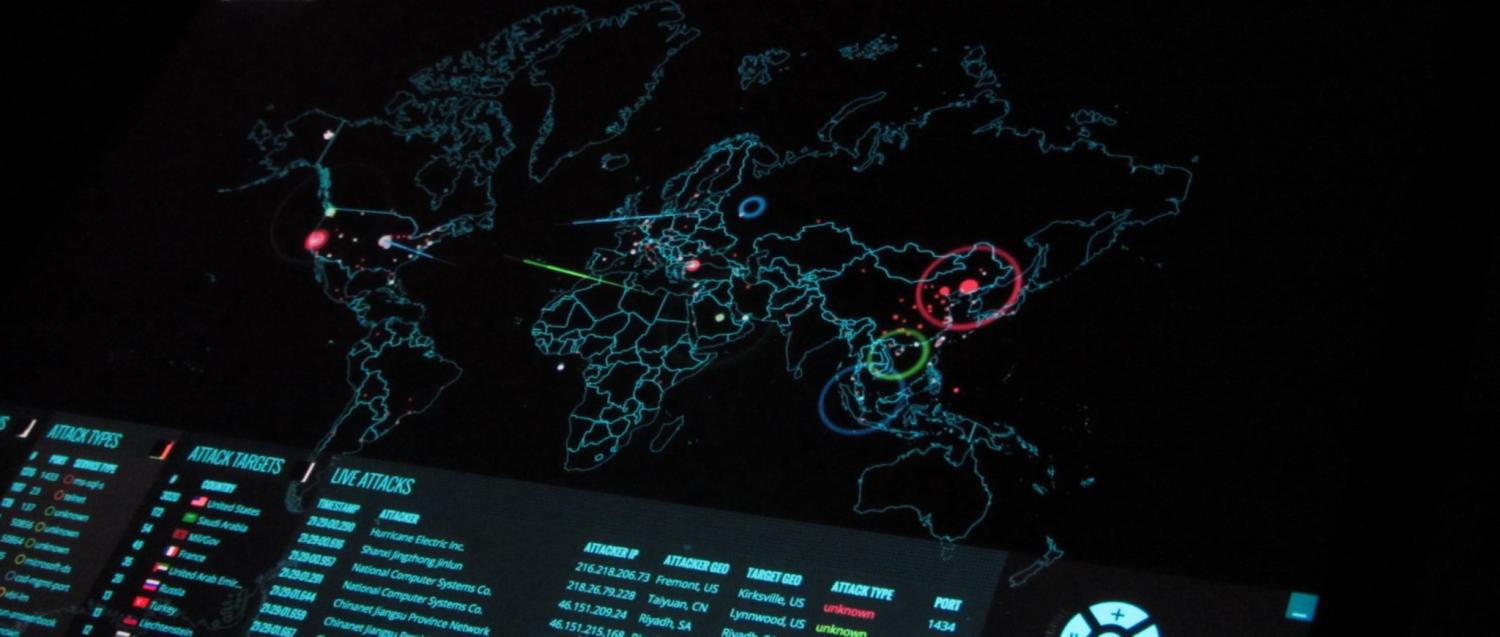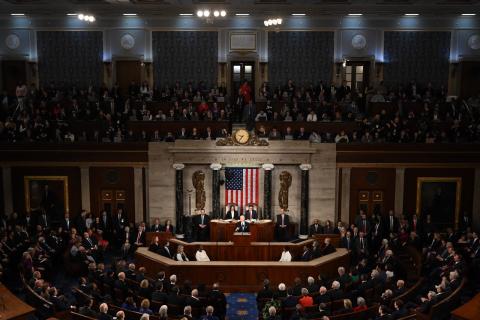The new report on the current state and working of the Australian Intelligence Community (AIC) was prepared by two very knowledgeable, able and experienced people in Michael L’Estrange and Stephen Merchant, after wide consultation.
So it must be very satisfying for those currently working in the Community that the reviewers concluded (see the report’s executive summary) that:
the Australian intelligence agencies are highly capable and staffed by skilled officers of great integrity. They have performed strongly…have a strong culture of accountability…feature world-class tradecraft and very high levels of professionalism. They are held in high regard by their international partner agencies'.
Given such high praise, one might have expected the reviewers to leave things in the Community as they are. But times change, institutions grow, needs and threats vary both in fact and perception, and consequently the authors of the report have recommended changes in a number of areas, including the coordination of the Community as a whole, and the area of cyber-security in particular. This post concentrates on the coordination question.
The report recommends that Australia follow the US and UK examples in establishing a single 'focal point' for the AIC. (For some years now the US has had a 'Director of National Intelligence', after decades of having the Director of Central Intelligence (the head of the CIA) as the most senior figure in its intelligence community.) This will be done in Australia by turning the position of Director-General ONA into that of Director-General ONI. The new DGONI will be equivalent in rank to a Departmental Head, head of the National Intelligence Community, and principal adviser to the Prime Minister on matters to do with it. He will have significant planning and coordination responsibilities and will continue to be in charge - through a senior deputy - of assessment work. There will be an increase in assessment staff of 'at least 50%' over ONA’s current levels. I assume this will be partly to enable the ONI to carry out more of the outreach work connected with assessment which the report wants to see occur. It is not clear what additional resources the new ONI will be given to carry out the increased coordination and evaluation work envisaged.
In fact, both of those functions were envisaged in the legislation establishing ONA, enacted 40 years ago in 1977, after the seminal report by Justice Hope into the AIC. Sub-paras 1A and 1B of Article 5 of that Act, on coordination and evaluation of the work of the Community, specifically provide for the sort of functions which the current report wants to see extended. And in my time as Director-General ONA did carry them out to some extent. If the authors of the report are correct, and there is more that should be done, why hasn’t it been done?
I have been away from Government work for some time now but I think one possible reason for the perceived deficiency is revealed in the report’s recommendation that ONA’s analytical strength be increased by at least 50% under the new dispensation. There’s no doubt that even one dedicated analyst with the appropriate knowledge, background and judgement can produce a surprising amount of work, and make a difference; but there’s also no doubt that ONA’s staffing levels have been, and I believe still are, very tight indeed. The report refers to them as 'stretched'. At one stage during my time we were able to get agreement to the creation of a third Deputy Director-General position (which did not last) specifically for AIC coordination work. But the senior officer filling that position, though extremely able, had to carry it out without any back-up support at all. So if the proposed increase from ONA’s current numbers is, as stated, for assessment work, I wonder how the new managerial load can be undertaken.
Two other factors are relevant. One is that although the Hope Report, and the consequent ONA Act, clearly envisaged that the DGONA would in one aspect be at the head of the AIC, in another aspect he has been the head of one of the agencies constituting it. This combination of roles could lead to somewhat unexpected outcomes. For example, at one stage during my time as Director-General the then Government decided to conduct a review of the working of the AIC. On one reading of the role of the DGONA I should have done it; but on the basis of another reading the view was taken that that would amount to the AIC reviewing itself, and as a result the review was carried out under the supervision of the very able Dennis Richardson, then in the Department of Prime Minister and Cabinet. The new DGONI is to be clearly designated as head of the NIC, with defined and far-reaching oversight roles. But some awkwardness could occur in his 'assessment of the assessment function'.
The virtual Intelligence Community
Another very important aspect of the situation was, and remains, that while we may talk about the Australian, or National, Intelligence Community, in a way it is only a 'virtual' community. The agencies making it up report to different Cabinet Ministers, each with their own budgets to compile and defend. They dispose of very different amounts of funds and resources, with the agencies within the Defence portfolio dwarfing the others in this regard. This is by no means an issue unique to Australia. In my time at ONA, American colleagues would describe the situation they faced in exactly the same terms. But it is an issue that has to be acknowledged and taken into account in considering the extent to which it is realistic to think of and plan for the AIC/NIC as a distinct entity, as the report proposes be done under its'Intelligence Capability Investment Plan'.
(The report authors address the funding issue in their proposal for a Joint Capability Fund to be established, funded from Efficiency Dividend savings within the Community, and run by the DGONI. Of course it remains to be seen how substantial that will be.)
The existence of these features of the Community does not however mean that the various agencies within it can’t work together well. Good personal relations are crucial in a 'virtual' Community, and in my time as DGONA, 20 years ago, it seemed to me that they existed, with very good cooperation and inter-action between the heads of the various agencies - Generals Baker and Hartley at the Defence Intelligence Organisation, for example, and David Sadleir at ASIO, backed up by Departmental Secretaries like Tony Ayers at Defence. There were also a number of bodies that operated effectively to enable and further this cooperation, some formal, like the Secretaries’ Committee on Intelligence and Security, and some less formal, created by the agencies themselves. I personally was very grateful for the work of excellent colleagues within ONA itself in this regard.
And we were also fortunate that Prime Minister Hawke, in particular, appreciated and used the work of ONA and the other agencies. An example was during the First Gulf War, when Australia had forces including warships committed, and there were briefings from ONA and DIO at Parliament House early every morning for the Prime Minister and other Ministers concerned.
So it’s encouraging for former as well as current members of the AIC to see the positive conclusions about its current state drawn by the authors of the report. As I’ve indicated, their recommendations for changes, at least in regard to the coordination and integration aspects, do not break entirely new ground, but hopefully will enable functions contemplated from the outset by Justice Hope to be carried out at a higher level and in more effective ways. For this to be realised, availability of adequate resources, particularly personnel resources, will be important, as will the willingness of Ministers and Departments to allow part of their budgets and major procurement plans to be fitted in to a 'National Intelligence' framework.

